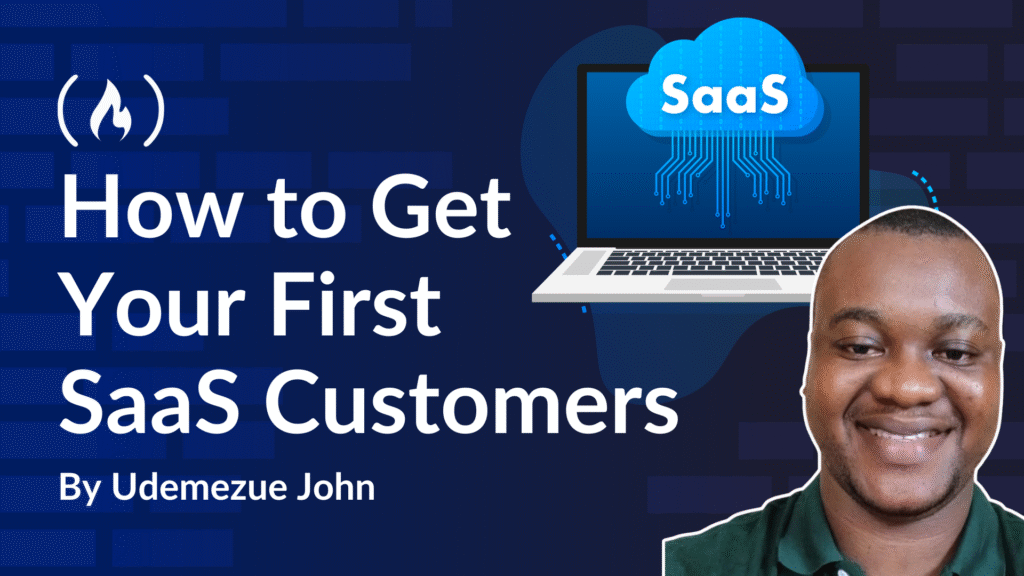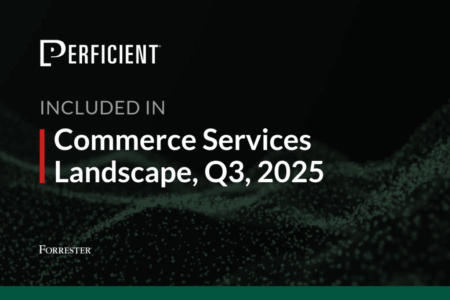Starting a SaaS (Software as a Service) business is exciting. You’ve put in the long hours building something you believe people will love. But now comes the big question: How do you get your first customers?
Getting those first few users can feel like climbing a mountain. It’s the hardest part, but also the most important. Without customers, your SaaS doesn’t grow.
Without feedback from real users, you can’t improve. And let’s be honest – seeing people pay for your product is a huge motivation boost.
I’ve seen this challenge many times, and I know the pressure is real. That’s why I’m breaking it all down in the simplest way possible. No confusing words, no vague advice – just a clear plan you can use.
Let’s jump right in.
Why Getting Your First SaaS Customers Matters So Much
Before we talk strategy, let’s be super clear about why the first customers are gold:
-
They validate your idea. If strangers are willing to pay, you’re onto something real.
-
They help you shape the product. Early users are honest about what works and what’s broken.
-
They fuel your momentum. A few early wins can give you the confidence to keep pushing forward.
-
They help you spread the word. Happy first customers are often your best marketers.
Your first ten customers matter more than your next hundred. So it’s worth taking the time to get this right.
Real Ways to Get Your First SaaS Customers
1. Start With People You Know
Don’t be shy to reach out to friends, family, former coworkers, and old clients. Tell them about your new SaaS and ask if they know anyone who might need it.
And remember: you’re not begging – you’re offering something valuable.
Pro Tip: Focus on the people they know, not just whether they want to buy themselves.
2. Join Communities Where Your Customers Hang Out
Find Facebook groups, Reddit forums, Slack communities, or LinkedIn groups where your ideal users already spend time.
Be helpful. Answer questions. Join conversations. Build trust. Then, when it’s natural, mention your product.
Real Example: If you built a tool for yoga instructors, find Facebook groups for yoga teachers.
3. Launch on Product Hunt
Product Hunt is full of early adopters looking for new tools.
If you do a good launch (with a nice-looking page, clear description, and a bit of buzz on the side), you could get your first few hundred signups in one day.
Helpful read: How to Launch on Product Hunt Successfully
4. Offer a “Beta” Version
Invite early users to test your software before the official launch.
Make it feel special – they get early access, and their feedback will shape the product.
Bonus Tip: Beta users are often more forgiving about bugs. They expect a few rough edges.
5. Use Cold Outreach (But Do It Right)
Sending emails to strangers sounds scary. But if you write short, respectful, personalized emails, it works.
Focus on how you can solve a real problem they have – not on how great your product is.
Good Cold Email Example:
“Hi [Name],
I noticed you [specific detail]. I built a tool that might save you [X hours / $X per month].
Would you like me to send a quick demo?”
Keep it about them, not you.
6. Get Active on LinkedIn
Post helpful tips, mini case studies, and personal stories. Show people you understand their struggles.
It builds trust. It shows you’re serious. And it keeps you top-of-mind when someone does need your product.
7. Partner With Other Small Businesses
Find companies that serve the same audience but aren’t direct competitors.
Maybe you made a booking app for barbershops. You could partner with a payment processor or marketing agency that also targets barbers.
Offer a referral deal or co-host a webinar together.
8. Content Marketing (Start Small)
You don’t need a full blog with 50 articles right away. Start with 2–3 simple, super-useful blog posts that answer real questions your customers have.
Example:
If you built an invoicing tool, write posts like:
-
“How to Send Your First Invoice as a Freelancer”
-
“5 Mistakes New Freelancers Make With Payments”
Helpful Link: Beginner’s Guide to Content Marketing
9. Run a Tiny Paid Ad Test
A small Facebook or Google ad campaign (even $5–10 a day) can give you quick feedback.
Target very specifically – not just “small business owners,” but “independent yoga teachers in New York.”
Watch which messages work, which don’t, and adjust fast.
10. Create Simple Case Studies
Even if you only have one early customer, ask them if you can tell their story. How they used your product. What problem it solved. What results they saw.
Nothing builds trust faster than real success stories.
11. Offer a Founder’s Deal
Offer lifetime discounts or special plans to your first customers. This rewards them for taking a chance on you early, and it creates urgency (“only 20 spots left!”).
Example: Lifetime access for $99 instead of $20/month.
12. Make It Ridiculously Easy to Share
Add a simple “Share with a friend” button in your app, emails, and thank-you pages. Happy users want to help – just make it easy for them.
FAQs
Should I offer my SaaS for free at first?
I would recommend a free trial instead of free forever. Free users are often less serious. You want customers who see value and are willing to pay for it.
How long does it usually take?
Honestly? It depends. Some people land their first customers in a week. Others need a few months. Stay patient and keep improving both your product and your outreach.
What if no one seems interested?
It happens. If you’re hearing crickets, it might be time to talk directly to potential customers, ask more questions, and tweak your offer. Sometimes it’s just a positioning problem.
Final Thoughts
Getting your first SaaS customers isn’t about being perfect. It’s about getting real people to trust you enough to give your product a shot. Start small. Talk to people. Solve real problems.
And keep improving a little every day.
If you need a hand with SaaS marketing or growing your idea, I’m always happy to connect. You can find me on X at x.com/_udemezue, or check out my portfolio: Udemezue.pages.dev.
Further Resources
If you want to dive deeper, check out:
-
The Mom Test (book) — How to talk to customers and get honest feedback.
-
Indie Hackers — A community where founders share how they got their first users.
-
First 1000 Users Guide (from Demand Curve) — Very detailed but still easy to follow.
Source: freeCodeCamp Programming Tutorials: Python, JavaScript, Git & MoreÂ

